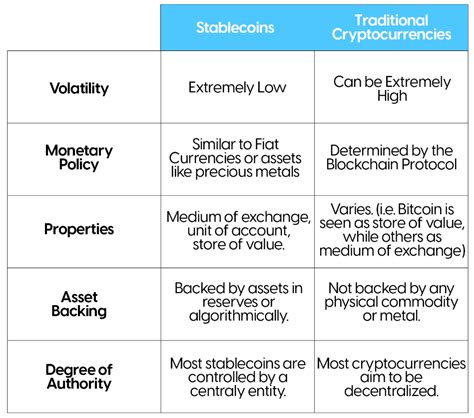Decentralized Stablecoins: The Future of Stable Value
In the world of finance, stablecoins have long been a topic of discussion among investors and regulators. These digital currencies are designed to maintain a stable value, free from the volatility that characterizes traditional fiat currencies. However, in recent years, decentralized stablecoins have emerged as a promising alternative to traditional stablecoins, offering greater flexibility, decentralization, and security.
What is a Stablecoin?
A stablecoin is a cryptocurrency designed to be pegged to a fiat currency or another stable asset, such as gold or US dollars. Its primary goal is to provide a stable store of value, allowing users to buy, sell, and trade assets with confidence. Stables are typically created by central banks or financial institutions using advanced algorithms that adjust the value of the stablecoin based on market conditions.
Why Decentralized Stablecoins?
Decentralized stablecoins have several advantages over traditional stablecoins:
- Security: Decentralized stables are built on blockchain technology, which provides a secure and transparent record of transactions. This reduces the risk of hacking or manipulation by central authorities.
- Decentralization: By removing the need for intermediaries like central banks and financial institutions, decentralized stables promote greater freedom and control over financial transactions.
- Flexibility: Decentralized stables can be used across multiple platforms, including mobile apps, online exchanges, and even traditional fiat currencies.
- Lower Transaction Fees: The security and decentralization of decentralized stablecoins often result in lower transaction fees compared to traditional stablecoin platforms.
Key Characteristics of Decentralized Stablecoins

Some notable features of decentralized stablecoins include:
- Pegged Value: Decentralized stables are typically pegged to a fiat currency or another asset, maintaining their value relative to that currency.
- Smart Contracts: The use of smart contracts ensures the stability and security of decentralized stables by automating the creation, trading, and maintenance of assets.
- Tokenomics: Decentralized stables often employ tokenomics strategies, such as fractional reserve lending or yield farming, to increase liquidity and attract new users.
Examples of Decentralized Stablecoins
Several notable decentralized stablecoin projects have been launched in recent years:
- Tether (USDT): A widely-used stablecoin pegged to the US dollar.
- USD Coin (USDC)
: A decentralized stablecoin backed by major banks and institutions.
- Dollar Stable (DUS): A cryptocurrency designed as a stable store of value, with a strong focus on security and decentralization.
Regulatory Environment
The regulatory environment for decentralized stables is still evolving and subject to varying degrees of acceptance from governments and financial institutions around the world. However, many countries have begun to acknowledge the potential benefits of decentralized stables in promoting financial inclusion and reducing the risks associated with traditional stablecoins.
Conclusion
Decentralized stablecoins offer a promising alternative to traditional stablecoins, providing greater security, decentralization, and flexibility to users. As these projects continue to evolve and mature, we can expect to see increased adoption and recognition from governments and financial institutions worldwide. Whether you’re a seasoned investor or just starting out, decentralized stables may be an attractive option for those seeking more stability in the ever-changing world of cryptocurrency.
Leave a Reply